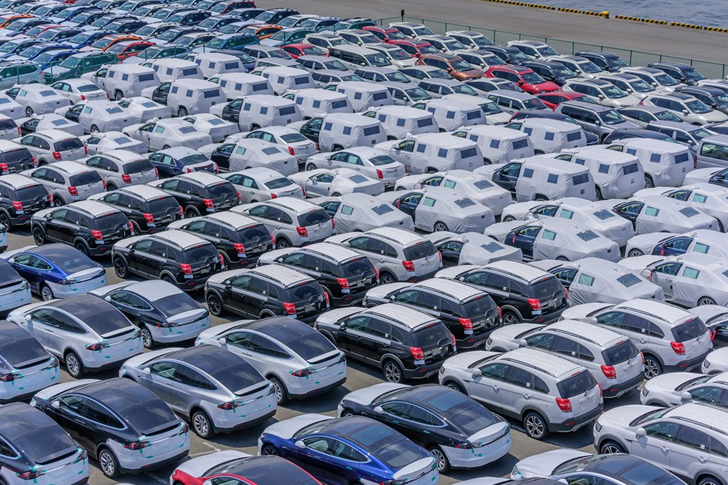Understanding the Resale Process for Repossessed Vehicles
In the automotive industry, the fate of unsold repossessed cars is a topic of interest not only to potential buyers looking for deals but also to those curious about the industry’s dynamics. Repossessed cars are vehicles taken back by lenders or financial institutions from owners who have defaulted on their loans. This article explores what happens to these cars after they are repossessed and why they matter in the automotive market.

The Repossession Process
When a car owner fails to make scheduled loan payments, the lender has the legal right to repossess the vehicle. This process typically involves a repossession company retrieving the car, often without prior notice to the owner. Once repossessed, the vehicle is returned to the lender, who must decide how to recoup the lost capital.
Initial Assessment and Holding
The first step after repossession is an assessment of the vehicle’s condition. This evaluation helps the lender decide whether to refurbish the car for resale or sell it as is. Repossessed cars are usually held in a secured lot while they are assessed and priced. During this period, the lender will attempt to notify the owner and settle the debt, allowing for the possibility of the car being returned to the owner if the outstanding balance is paid.
Auctions: The Primary Venue for Resale
Most unsold repossessed cars eventually end up at car auctions. These auctions are typically restricted to licensed dealers and other auto industry professionals, not the general public. At these events, vehicles are sold to the highest bidder, and prices can vary widely based on the car’s make, model, condition, and market demand.
- Public Auctions: Occasionally, repossessed cars may also be sold through public auctions. These events are open to general buyers and can offer a chance to purchase a vehicle at a significantly reduced price.
- Online Auctions: In recent years, online platforms have become popular for selling repossessed cars. Websites like Manheim and Copart host auctions that allow remote bidding, broadening the potential buyer base.
Pricing Factors
The pricing of repossessed cars at auctions depends on several factors:
- Vehicle Condition: Cars in better condition typically fetch higher prices.
- Market Demand: Popular models and those in high demand tend to sell for more.
- Economic Conditions: Broader economic factors can affect how much buyers are willing to spend.
What Happens to Unsold Cars?
Not all repossessed cars are sold at the first auction. Cars that don’t sell initially may go through several rounds of auctions. If a vehicle still fails to sell, the lender may:
- Lower the Price: Adjust the reserve price at subsequent auctions.
- Sell to Wholesalers: Offload the car to a wholesaler who will either try to retail it or sell it for parts.
- Scrap the Vehicle: If the car is in poor condition and not worth the cost of repairs, it may be sold for scrap.
Implications for Buyers
For buyers, repossessed cars can represent good value, often being sold for less than their market value. However, purchasing a repossessed car comes with risks, as they are typically sold “as is” without any guarantee of condition. Potential buyers should:
- Inspect the Car: Where possible, inspect the car or have it inspected by a professional.
- Check Vehicle History: Obtain a vehicle history report for insights into any past accidents or issues.
- Be Prepared to Bid: Understand the auction process and be prepared to compete against other bidders, including experienced dealers.
Conclusion
Repossessed cars are a significant part of the secondary automotive market, offering opportunities and challenges to buyers. Understanding the journey of these vehicles from repossession to resale can help consumers make informed decisions and potentially find great deals.







Recent Comments